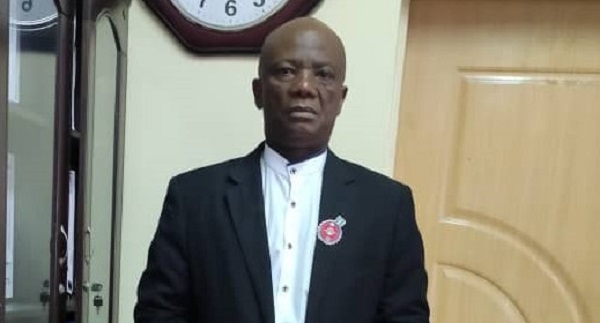Our Terms & Conditions | Our Privacy Policy
‘African economies need 100 ships to enjoy AfCFTA benefits’
For African economies to benefit from the African Continental Free Trade Area Agreement, estimated to be worth $3.4tn, the continent will need around 100 ships to facilitate the transport of goods, the Secretary-General of the Abuja MoU, Capt. Sunday Umoren has stated.
Operating under a Cooperative Agreement with International Maritime Organisation, Abuja MoU was established as an inter-governmental organisation comprising the maritime administrations of 22 countries abutting the Atlantic Coast of Africa.
Umoren stated this while presenting a paper during a recent event organised by the Nigerian Association of Master Mariners.
Umoren explained that once fully implemented, the AfCFTA agreement is expected to increase intra-African freight by 28 per cent and demand for maritime freight by 62 per cent.
According to Umoren, shipping, and maritime transportation have been the main drivers of globalisation.
“A substantial increase in traffic flows is anticipated across all transport modes in Africa in the coming years. This will require enormous investments in transport equipment and infrastructure, including the addition of 100 vessels if AfCFTA is fully realized,” he said.
He mentioned that scholars, business experts, and African ship owner associations all agree that AfCFTA presents a great opportunity for the growth of the Blue Economy in Africa.
Umoren maintained that the African Union has reported that intra-African trade currently stands at about 10 per cent, compared to 60 per cent, 40 per cent, and 30 per cent in Europe, and North America, among others.
“It is anticipated that AfCFTA would improve this ratio to 20 per cent through increased cross-border trade,” he said.
The Abuja MoU scribe reiterated that the United Nations Economic Commission for Africa projects that implementing the AfCFTA could double maritime freight from 58 million tons to 131.5 million tons.
“With current tonnage levels, this surge in demand will require significantly more tonnage, necessitating substantial investment in maritime infrastructure and services,” he said.
He highlighted that the investments expected due to AfCFTA also provide an opportunity for a green economic recovery in Africa.
He added that the paper focuses on three key aspects of the Blue Economy that will require urgent investment if African nations aim to excel in shipping-related gains linked to trade liberalisation within Africa.
“Boosting intra-African trade is an extensive endeavor, beyond the scope of this paper, but it includes conscious investment in manufacturing, understanding the purpose of regional economic communities like the Economic Community of West African States, and fostering economic resilience,” he explained.
He disclosed that considerable research has identified key factors contributing to low levels of intra-African trade, including flawed economic and trade policies, and a focus on raw material production without refinement, leading to the export of unprocessed materials that are then imported back as finished goods.
Umoren stated that there is also inadequate infrastructure and logistics and the production of lower quality products compared to those from Europe and Asia, “geographic and climatic challenges, limited economic diversification; high production costs and a lack of globally competitive goods and services.”
He emphasised that a significant issue is the inadequacy of financing mechanisms and the weak financial health of many African countries burdened by debt, which he said causes them to favor financially stable customers who can pay or enter financing arrangements.
Umoren opined that AfCFTA offers an extraordinary platform to revive and boost intra-African trade, leading to positive economic development.
“Trade can only thrive when commodities can move from the producer to the consumer. This movement depends on freight transportation across various modes, including vehicles, railways, ships, aircraft, and trucks,” he said.
Images are for reference only.Images and contents gathered automatic from google or 3rd party sources.All rights on the images and contents are with their legal original owners.



Comments are closed.